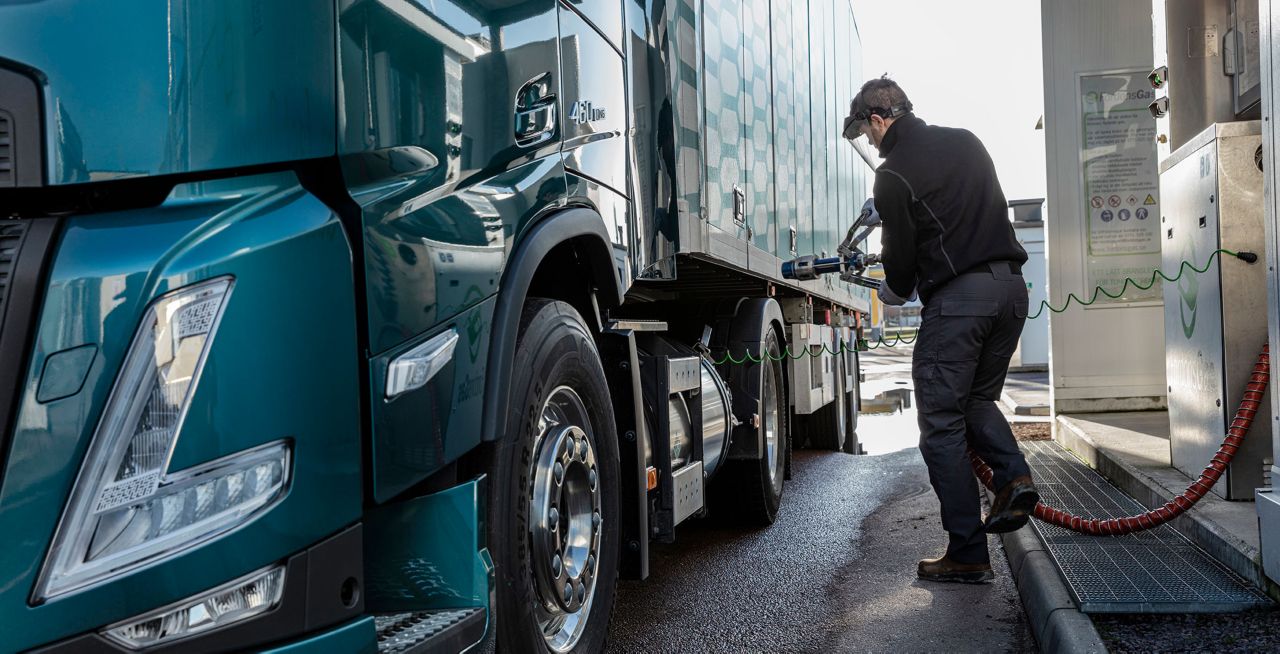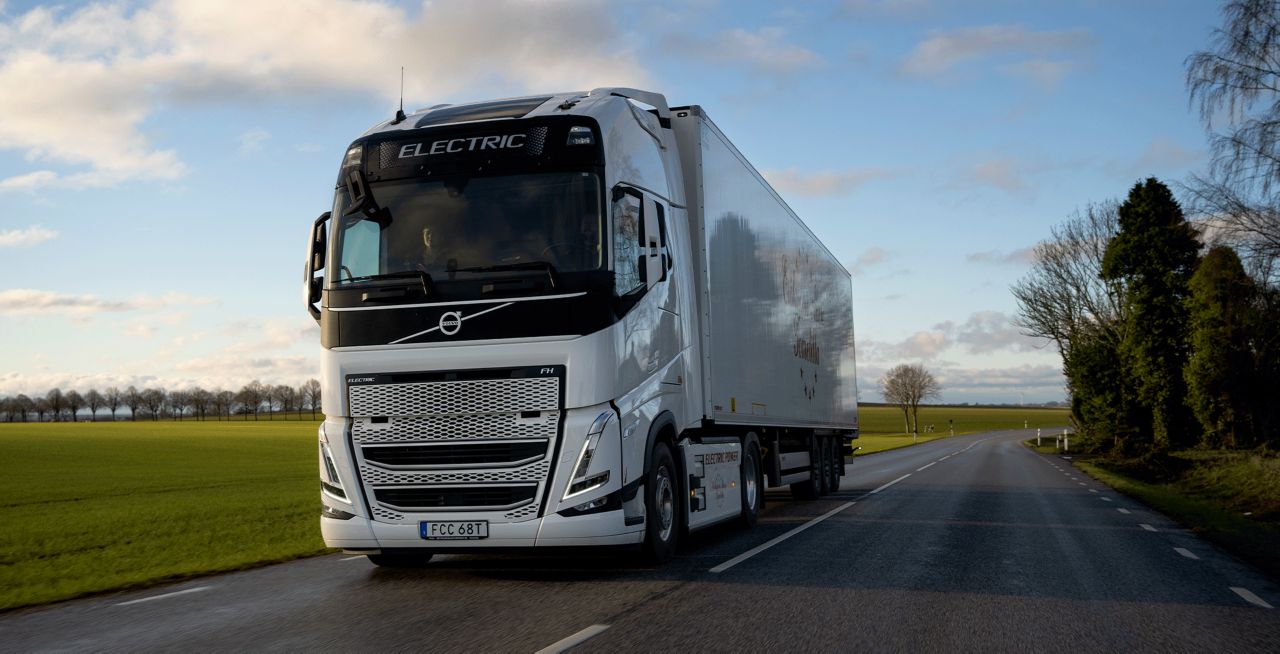When investing in electric trucks, it is essential to plan your routes and operations. If done effectively, this can help make a smooth transition and extend an electric truck’s range.
Electric trucks offer a lot of benefits – namely cleaner, quieter transportation with lower emissions and lower vibrations, which is not only good for the environment but also creates a more comfortable workplace for the driver. And electric delivers all this while still delivering the same power and driveability as diesel. However, there are some restrictions such as limited battery capacity and the need to plan for charging times. But good route planning can help mitigate – and even overcome – some of these challenges.
The first step is to evaluate your current routes and needs. How heavy are the loads you carry, how far do they need to drive, what is the topography of each route? All these factors will affect how much energy you will need and what range you can travel.
The second step is to calculate when and where you will need more energy, and what possibilities there are to recharge.
Time and place: Planning for charging
Overnight charging is always recommended where possible, as this is the most cost-effective way of charging a vehicle and means you start your day fully charged. If you operate a route with short to medium distances and medium energy demands – such as refuse collection or distribution – then one overnight charge can be enough.
For longer routes, you need to identify at which point your vehicle’s battery is likely to be running low, and then implement a charging stop into the route plan. This could involve installing a fast charger at one of your sites, or using a public charger, which are growing in number in many markets.
To minimise lost time, the best times to charge are when the vehicle is already stationary, such as loading and unloading, or when the driver is having their break. A fast charger can fully recharge a truck in just 90 minutes, but it’s also possible that a much shorter charging stop will provide enough energy to complete the route.
Finding the optimal route plan may involve having to rearrange your stops, so that the vehicles reaches the charging station when the battery is close to depletion or when the driver is due a designated rest.
Smart planning creates new possibilities
With strategically placed chargers, an electric truck can cover much longer distances. This is easier to achieve when the vehicle operates on a fixed route. For example, having a fast charger installed on site at a construction site, would enable an electric truck to essentially operate around the clock.
Electric vehicles can be used for regional transport. This is already being done today with trucks with gross combination weights of up to 60 tons, and it’s made possible by installing fast chargers at either end of the route.
Switching to electric only going to get easier
As the capacity of lithium-ion batteries continues to improve, so too will the range of electric trucks, which in turn will enable them to cover more routes. The number of public charging stations is also growing quicky and is expected to grow even faster as more and more governments offer incentives and subsidies for investing in electric transport.
All these trends will mean greater flexibility and ease when it comes to route planning and enable electric trucks to cover more and more routes. It is part of the reason why the number of electric trucks is expected to grow rapidly in the coming years. But already, with the existing technology and infrastructure, electric trucks have a lot to offer if you have the right plan.
Are you interested in adding electric trucks to your fleet? Find more information here.


